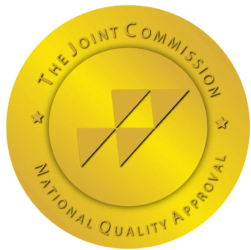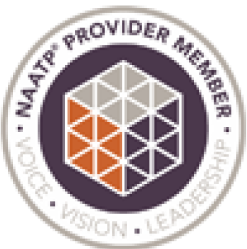Despite a common misconception that all those with substance abuse disorders are unemployed, 68.9 percent of drug users are employed and active in the workplace, according to the Substance Abuse and Mental Health Administration (SAMHSA).
There are many ways this can be problematic for the workplace as a whole, :
- Fatal accidents
- Injuries, higher accident rates, and workers’ compensation claims
- Absenteeism, or asking for extra sick leave
- Loss of production
- Tardiness/sleeping on the job
- Hangover or withdrawal symptoms affecting job performance
- Poor decision making
- Loss of efficiency
- Theft
- Lower morale of co-workers
- Increased likelihood of having trouble with co-workers and supervisors
- Preoccupation with obtaining and using substances while at work, leading to lack of concentration
- Illegal activities, including selling illicit drugs to other employees
- Higher turnover
- Time and cost training of new employees
- Disciplinary procedures
One of the most effective ways to deal with alcohol and drug problems in the workplace is something called an Employee Assistance Program, or EAP. EAPs provide short-term counseling, assessment, and referral of employees with alcohol and drug abuse problems, as well as any other personal problems that can affect the employee’s work. These programs are confidential and usually staffed by professional counselors.
Employers can also address substance use by implementing written drug-free workplace and other substance abuse policies, offering health benefits that provide comprehensive coverage for substance use disorders, and educating employees about the hazards of substance abuse through company wellness programs. Research has shown that alcohol and drug treatment eventually pays for itself in reduced healthcare costs. Employers with longstanding programs also report better health among employees and their family members and decreased use of medical benefits by these same groups.
Another option is implementing drug testing before hiring and during employment and clearly stating consequences for violating the rules. Fifty-seven percent of employers conduct drug testing on job candidates, according to a poll by the Society of Human Resource Management. Unfortunately, while these approaches work for large companies, smaller businesses may not be able to afford the costs of education or insurance.
The Occupational Safety & Health Administration suggests a comprehensive drug-free workforce approach including five components: a policy, supervisor training, employee education, employee assistance, and drug testing.
If you suspect that a coworker is abusing drugs or alcohol, tell a supervisor or human resources officer. Many people feel worried or guilt over costing someone his or her job, but by reporting it, you can help start them on the path to recovery. Some signs to look for are a coworker complaining about money problems, frequent accidents, erratic behavior, poor hygiene, dilated pupils, slurred speech, and missed days of work with no good explanation.
If you or someone you know need help quitting drugs or alcohol, consider Asana Recovery. We offer medical detox, along with both residential and outpatient programs, and you’ll be supervised by a highly trained staff of medical professionals, counselors, and therapists. Call us any time at (949-438-4504).





